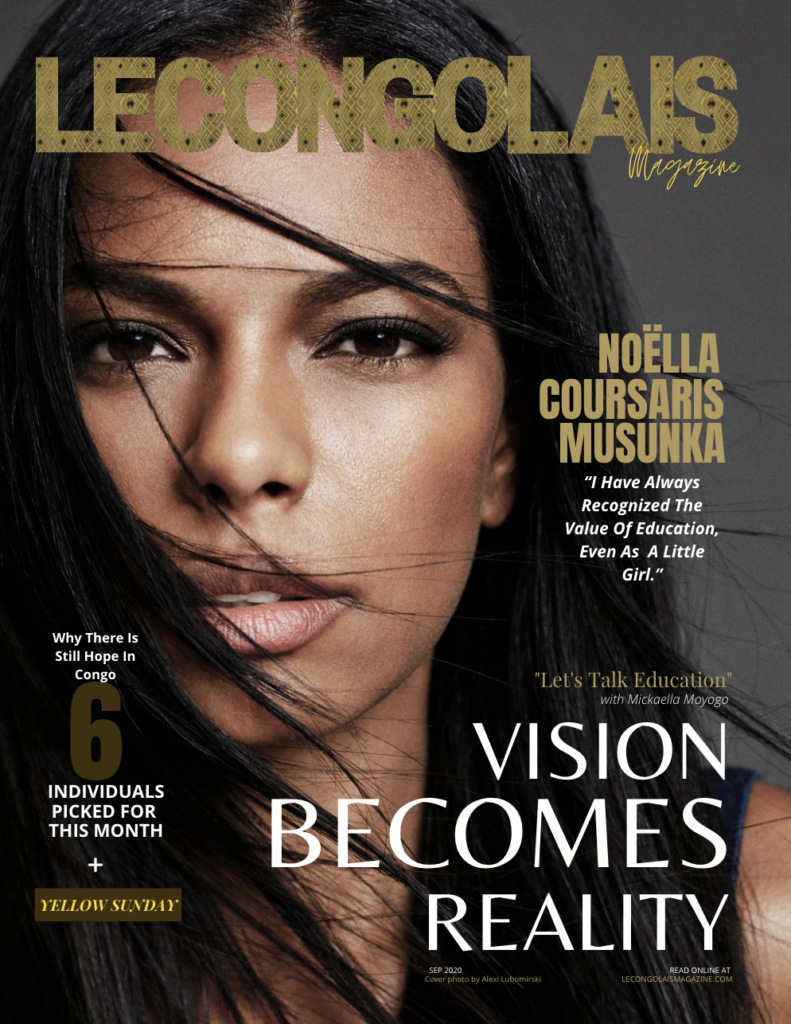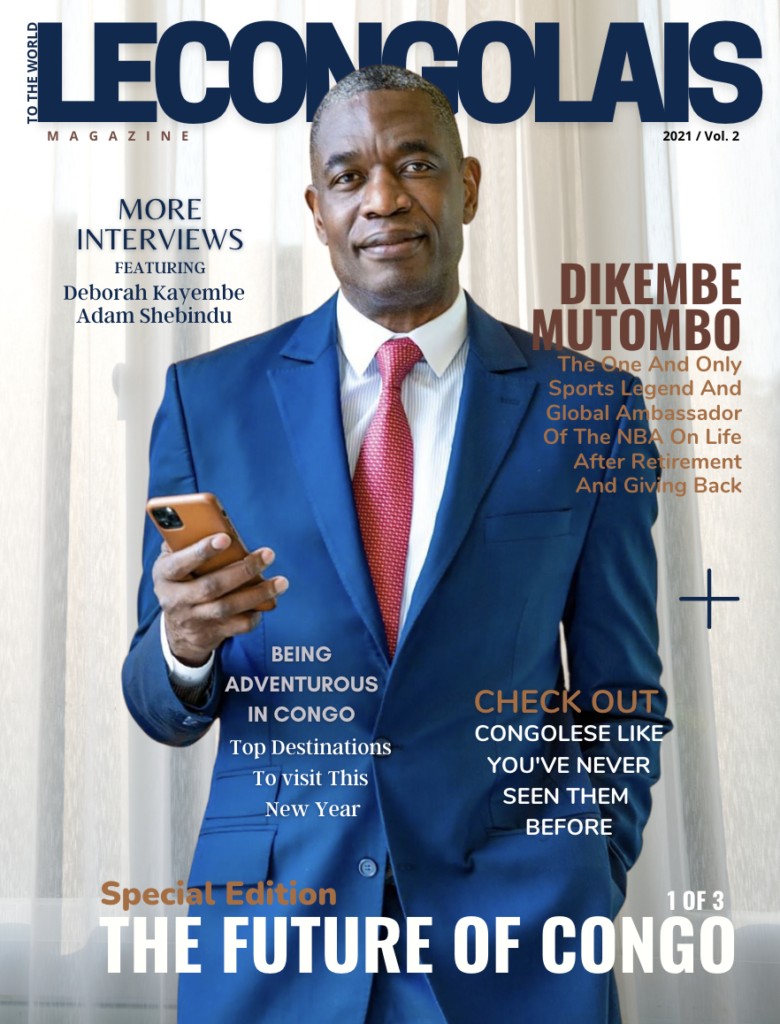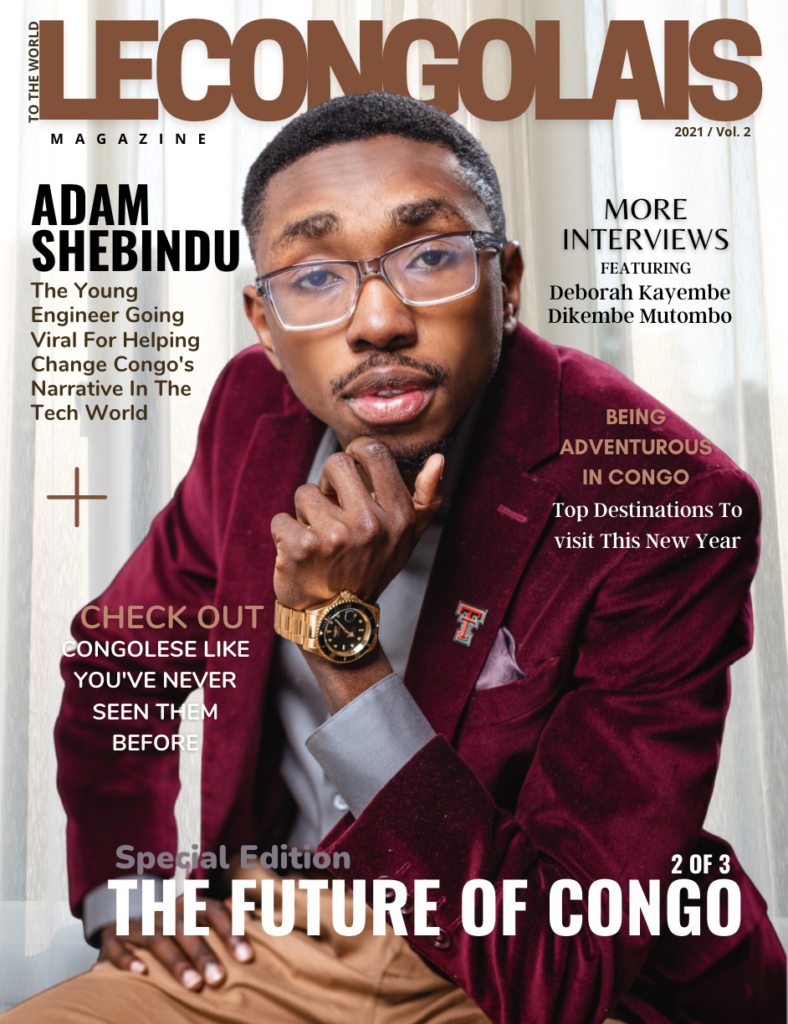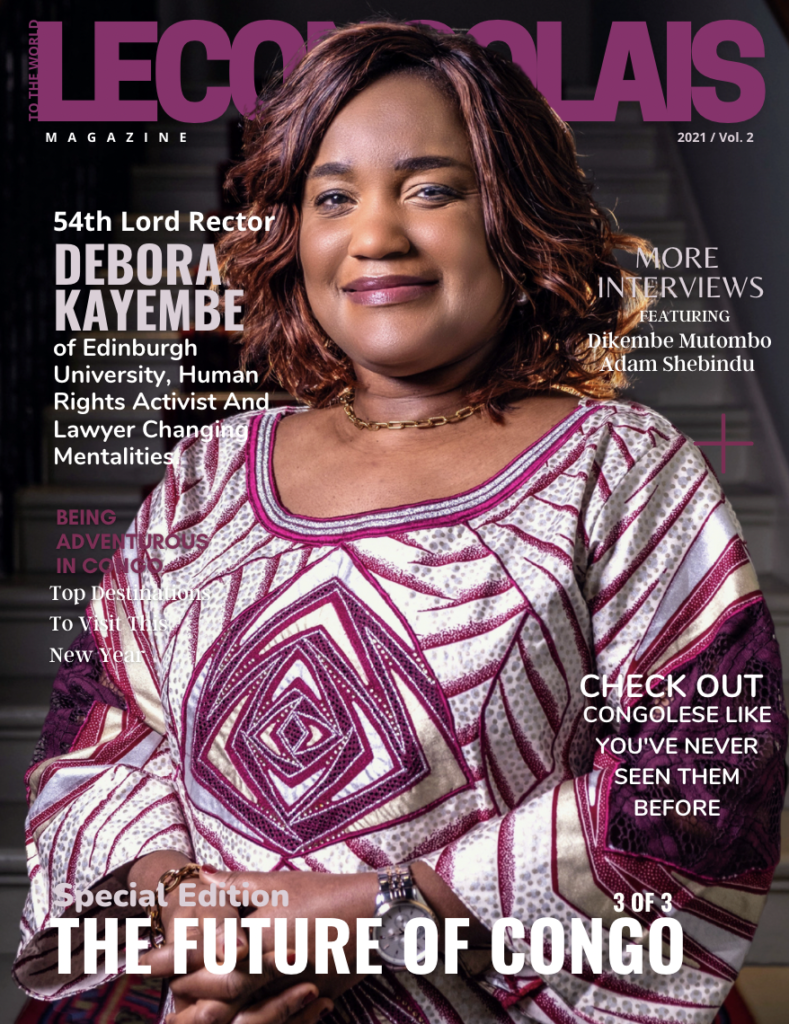BY JANE DEBBIE
January 25, 2022

In the 1980s, the Société des Ambianceurs et des Personnes Elégantes (S.A.P.E), a social movement of well-dressed men began in the two Congo’s. For those who are unfamiliar with this movement, the members of S.A.P.E (Sapeurs) are known for spending large sums of money on designer clothes. Sapeurs are not modest about their sense of fashion, or the amount of money they spend on outfits, they are known for showing off their expensive designer outfits and using this as an identifier of identity and community.
The Sapeur communities have developed in every community where the citizens of the two Congo’s have migrated to, including African Diasporas like France and Belgium, with the largest Sapeur communities being in Paris and Brussels. There are smaller communities in fashion capitals such as London, making S.A.P.E a common and popular movement internationally.
Although Sapeurs are primarily from the two Congo’s, members come from different generations, places, and backgrounds, representing the diversity of the S.A.P.E movement.
The Historical Significance of The Movement
S.A.P.E has proven to be a very long-lasting international movement, still maintaining its popularity since the ‘80s. This movement has been so resilient due to the historical significance of both clothing and the patrilineal relationship in Central Africa. Before Europeans brought western fashion to Central Africa, there was an existing fashion culture that was lived and respected by all Africans. The introduction of the western fashion to Central Africa was meant to exploit a pre-existing fashion culture.


S.A.P.E has maintained its popularity due to the traditions that Central Africans chose to maintain. Older members of the movement, both blood relatives or otherwise, gave designer clothes to young Congolese who would one day become Sapeurs.
Aside from passing on valuable items down to younger generations, there were several issues that encouraged young Congolese to turn to fashion as a form of identity building and artistic resilience. These issues still exist to date. Many Congolese turned to fashion as way to fulfill the dream to achieve the markers of a good life. The continuing political, social, and economic instability in the two Congos could not allow the Congolese to achieve their dreams in the traditional manner.
S.A.P.E is more than a simple adaptation of western fashion as a classic case of neo-colonialism. It is arguably a reflection of Congolese cultural values. A Sapeur wearing a western suit presents an image of social prestige in his own community.
Due to the increased globalization and the Americanization of culture, young Sapeurs are now turning to the United States and American fashion and music as a form of inspiration. The older generation of Sapeurs have preserved a more traditional understanding of the movement, while the younger generation, especially those born in Europe work to expand the S.A.P.E movement and separate it from the negative stereotypes that highlight its darker side.
Sapeurs are more visual than ever, gaining more attention in European and international media. Social media platforms are also used to control how Sapeurs as individuals and as a movement are represented.
The future of the movement, however, is unclear due to the death of many of its leaders. Although older Sapeurs are confident in S.A.P.E’s prospects, this may be a reflection of their own desire for self-preservation instead of sentiments based on reality.
Influences of S.A.P.E
Sapeurs take pride in dressing stylishly in elegant and colorful clothing. The Sapeur aesthetic is defined by suave suits, silk ties, bowler hats, and sometimes even monocles; taking cues from the dandyish clothing worn by the French in the 1920s. Recently, the style has been updated with bold colors and patterns that characterize the traditional Lupita styles of the Democratic Republic of Congo. The S.A.P.E movement is associated with hardworking middle-class men who take pride in saving up their hard-earned money to afford expensive outfits.

The S.A.P.E movement is heavily influenced by the 19th and 18th century dandyism that saw British and French middle-class men place particular focus on their dress, posture, and language in order to appear like they are of a higher class. It may seem shallow to some, an extremism that is unnecessary, but for the Sapeurs, it resonates with them because it is a sign of taking control of their destinies.
S.A.P.E encourages focus on creativity and the individual, it aims to bring joy and fun to Congolese communities through luminously colored outfits. The movement also gives hope to a rather disadvantaged community. To many, Sapeurs are a sign of better things, i.e., stability and tranquillity, which indicate that the two Congos are returning to a better life after years of civil wars.
Most S.A.P.E critics are not convinced of the humanitarian reasons behind the Sapeurs style, but no one can deny the artistry behind the S.A.P.E movement. In Congolese cities like Kinshasa and Brazzaville, impeccably dressed Sapeurs walk like works of art brought to life. Their extravagance is centered on style, colour composition, and attitude; factors that are just as important as the expensive brands they adorn.
The S.A.P.E movement has rules regarding exclusivity, morality, and codes of honor. The movement came to life when the Congolese men sought to adopt and imitate French and Belgian clothing as a way of combating colonial superiority. House boys spurned their master’s second-hand clothes and became defiant consumers, and this has transcended to middle class men saving up meagre earnings in order to acquire the latest extravagant fashions from fashion capitals like Paris and London.
Papa Wemba who was known as the world ambassador of Congolese rumba but also ‘le Pape de la Sape’ (meaning The Pope of Sape), once said, “White people invented the clothes, but we (Africans) make an art of it.”
To this day, despite efforts to ban Sapeurs from public spaces, Sapeurs of all ages still gather to dance, talk, and have friendly fashion face-offs to compete for the coveted Best Dressed Sapeur accolade. They are treated with respect, seen as a vital life-affirming part of Congolese cultural heritage. Peace means a lot to Sapeurs, and they seem to encourage it in their communities.











You must be logged in to post a comment.